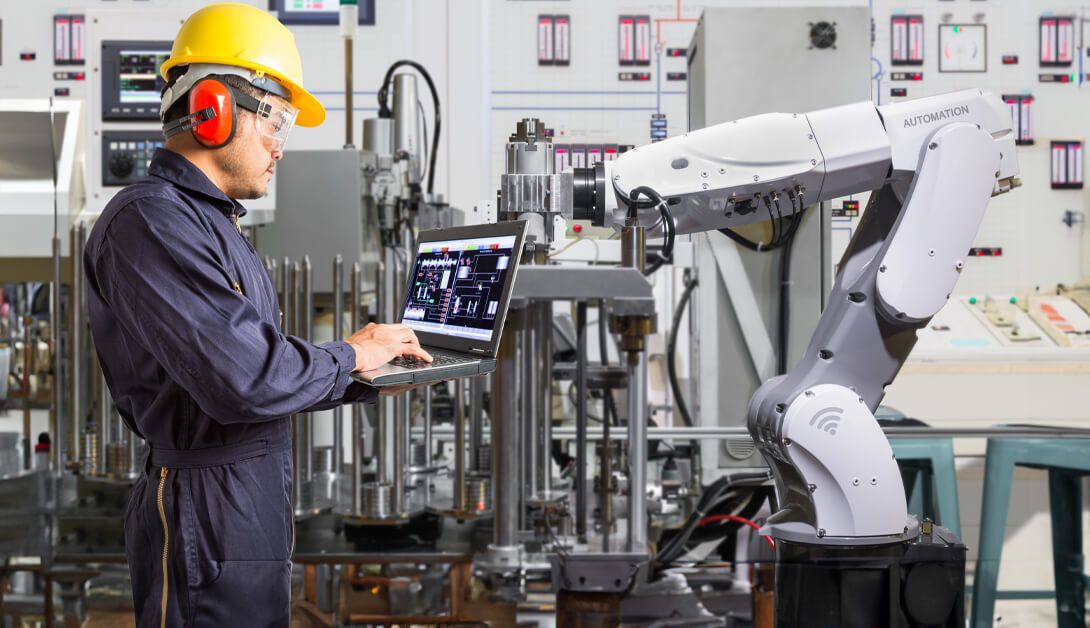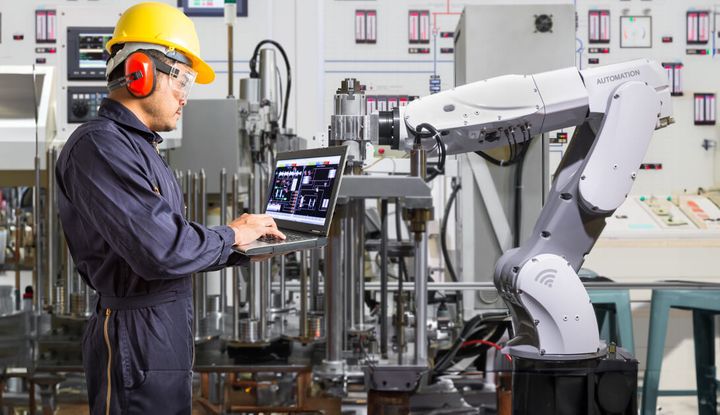Manufacturers today are facing increasing pressure to improve quality, reduce errors and meet strict compliance standards. The vision inspection system provides a sharp, reliable way to automate quality controls using cameras, sensors and AIS. These systems can detect small errors in real time faster and more accurately than men.
Whether you produce electronics, drugs, car components or packed goods, the industrial vision system is necessary for smart, scalable and uniform quality control.

Key Benefits of Industrial Vision Inspection Systems
| Feature | Benefit |
|---|---|
| High-Speed Inspection | Checks hundreds of products per minute without fatigue. |
| Precision & Consistency | Reduces human error and ensures uniform quality. |
| Data Logging | Records inspection data for traceability and audits. |
| Cost Efficiency | Lowers rework and waste by catching defects early. |
| Scalability | Easily integrates with new lines or products. |
How Vision Inspection Systems Work
The industrial visual inspection system uses cameras and lighting to take pictures of high products. These images are then processed using software - often driven by artificial intelligence or machine learning - two:
Compare items against “correct” reference
Measurement dimensions, adjustment or label
Identify errors such as scratches, bulge or missing parts
Results: Real time, non-contact quality assurance in all stages of the production line.
Types of Vision Inspection System
2D Vision System
-
Used for flat inspections such as barcodes, surface defects, and printed labels.
-
-
3D Vision System
-
Captures depth and dimensions, ideal for measuring volume, height, and object geometry.
-
-
AI-Based Vision System
-
Uses machine learning to detect defects without relying on fixed templates; capable of learning from good vs. bad samples.
-
-
Multispectral Systems
-
Go beyond visible light, commonly used in pharmaceuticals, agriculture, or packaging where hidden or internal defects matter.
-
Applications Across Industries
| Industry | Use Case |
|---|---|
| Automotive | Inspect welds, paint, and part assemblies. |
| Food & Beverage | Check fill levels, caps, seal integrity. |
| Electronics | Validate component placement on PCBs. |
| Pharmaceuticals | Verify blister packs, print accuracy. |
| Packaging | Detect missing labels or print errors. |
Trends Shaping the Future of Vision Inspection
Edge Computing Integration
Modern vision systems can process data locally - and with low delays.
AI and deep learning
Adoption of new errors that have not previously improved accuracy.
Smart
All-in-one devices connect lenses, processors and software application to setup.
Cloud Connectivity
Enable surveillance of real -time and future maintenance in global facilities.
Checklist: Choosing the Right Vision Inspection Syste
What type of products do you inspect?
Do you need 2D, 3D or AI-based recognition?
What level is required for accuracy to detect errors?
Will the system integrate with existing hardware (PLC, carrier, robot)?
Do you need a real -time alert or just data after the analysis?
Does the environment require dusty, high concerts or hygiene (Clenom) standards?
Choosing the right system depends on your specific industry, defect tolerance, and production speed.
Best Practices for Implementation
Start with a pilot on a line to validate Roi.
Train your team when using and maintaining the system.
Use datasets labeled to improve AI learning over time.
Integrates with Mes/ERP for real -time quality dashboard.
Repetitive plan to maintain accuracy.
Common Questions
Question: Can the visual inspection system change human inspectors?
A: Yes, in many functions special repetition, high speed or dangerous environment.
Question: Are they expensive to maintain?
A: When installed once, they are little maintenance and reduce long -term costs through waste shortages.
Question: How long does a system take to implement?
A: Basic systems can be integrated within a few weeks; Complex setups can take 2-3 months.
Question: What kind of exercise is required?
A: Operators usually require basic training, while engineers may require a few days of sellers who lead instructions.
Real-World Example: Improving Automotive Quality
A manufacturer of car parts installed an AI-operated vision system to inspect tooth decay adjustment. The system reduced the inspection time by 45% and increased the defect by more than 30%, leading to low returns and high customer satisfaction.
Conclusion: The Future of Smart Manufacturing Starts with Vision
The industrial visual inspection system is more than just "smart cameras". They are a basic tool to ensure quality, improve efficiency and fulfill customers' expectations. With AI, edge data and real-time analysis that technology will be even more inevitable for manufacturers around the world.
If your business increases or automate production, investing in visual inspection may be one of the most smart quality control decisions you have made.







